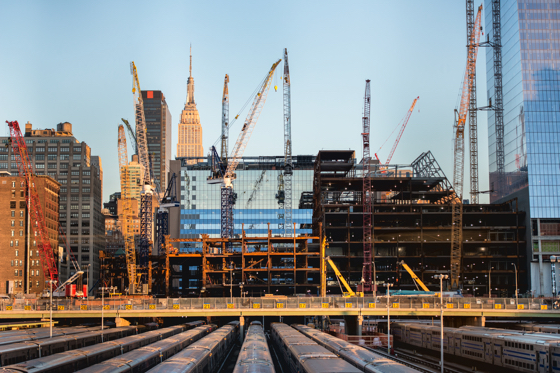New York City may have lost a lot of rooms due to COVID, but it is well on its way to replacing them, as on July 1 the city showed almost 22,000 rooms in construction, according to pipeline data from STR’s AM:PM platform. When many of the temporarily closed hotels come back online, the combination will put pressure on the city’s performance.
Only four other markets have more than 5,000 rooms in that final phase of the pipeline.
- New York (21,878 rooms)
- Los Angeles (6,595 rooms)
- Atlanta (6,398 rooms)
- Las Vegas (5,031 rooms)
- Dallas (5,028 rooms)
Of those almost 22,000 rooms under construction in New York, more than 8,500 are scheduled to come online over the remainder of this year. That would put the market at more than 11,400 room openings overall in 2021. The next closest market for remaining 2021 openings is once again Los Angeles.
- New York City (8,570 rooms)
- Los Angeles (2,902 rooms)
- Austin (2,437 rooms)
- Atlanta (2,337 rooms)

“New York City is positioned for a post-COVID supply boom,” said Carter Wilson, STR’s senior VP of consulting. “The market has the largest number of in-construction projects along with the highest number of temporarily closed hotel rooms. As all this supply enters and re-enters the market, it’s definitely going to add pressure to recovering occupancy levels.”
The number of rooms currently in construction in the U.S. is down roughly 32,000 from the country’s all-time construction peak (220,207 rooms in April 2020).
- In construction: 188,929 rooms
- Planning: 265,235 rooms
- Final Planning: 200,978 rooms
“While the number of rooms under construction continues to decline year over year, those in final planning have actually increased for two consecutive months,” Wilson said. “The same is true for rooms in the planning stage, although rooms in this phase are the least likely to reach fruition. The Federal Reserve has set a soft date for interest rate increases, so developers looking for low rates may push for loans over the next two years.”

